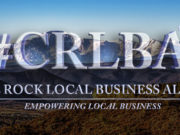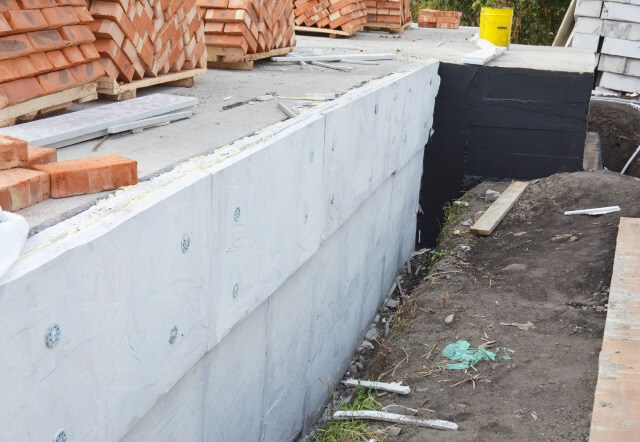Unless you’re driving or in an airplane, there’s likely a foundation under your feet. It’s easy to think of foundations as the simple concrete slabs you’ve come to know, but foundations are much more than that. Foundations are unique, historical, and much more interesting than you would think. Let’s learn three facts about foundations to give you an idea of what we’re talking about.
3 Facts About Foundations
Not All Foundations are Made of Concrete
When most people think of foundations, they think of a simple concrete block, and while many foundations are constructed of concrete, that’s not the only material utilized for concrete. Foundations can be constructed from timber, gravel, stone, piers, metal and more. The type of material chosen for a foundation depends on several factors including site soil, building support needs, and budget.
The Ancient Egyptians Built Concrete Foundations for the Pyramids
If you think the ancient Egyptians, known for their engineering prowess, built the pyramids on top of nothing in the desert you’d be sorely mistaken. Not only have civilizations been using foundations for thousands of years, the traditional concrete foundation has been in use much longer than we think. The modern foundation engineer utilizes the same principles that the ancient Egyptians did, albeit a little beefed up.
Some Foundation Reinforcements are Hundreds of Years Old
Foundation contractors use several types of materials to help them out when the soil to build on is unsuitable for a traditional foundation like helical piers in Denver. The same techniques that modern contractors use to provide more support for foundations such as driving piers have been utilized by seafaring towns and other areas with loose or wet soil for generations. Look under Venice, Italy or New Orleans, Louisiana, and you’ll find several wooden piles under the foundations of homes and other structures. Wood – eating bacteria other organisms have a difficult time decomposing wood once its soaked and since most of these piers are underwater they’ve lasted hundreds of years and are likely to last hundreds more.
The more you know about something, the more you can learn to respect it. This is especially true when it comes to appreciating the very structure that holds us up. It’s time to appreciate all foundations and the job they do.













